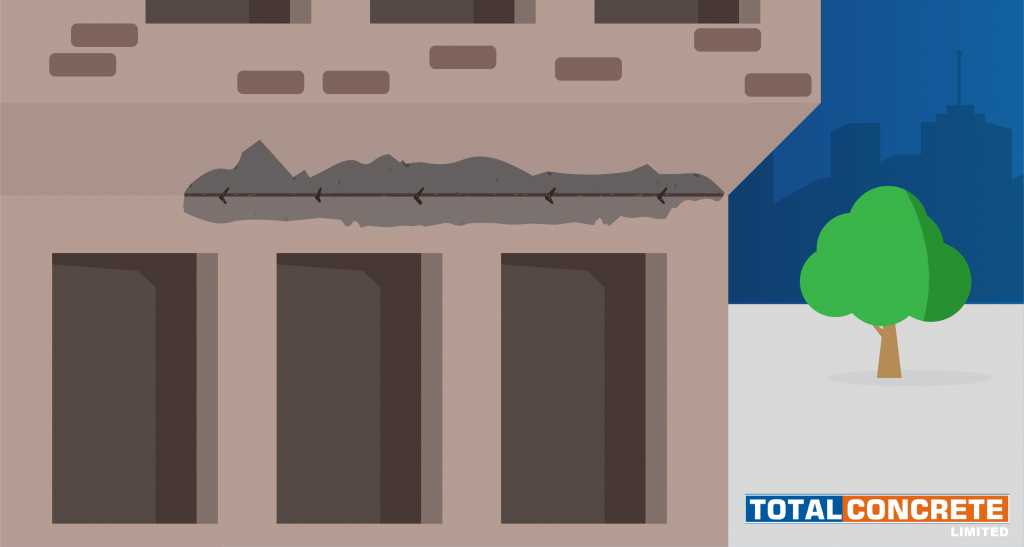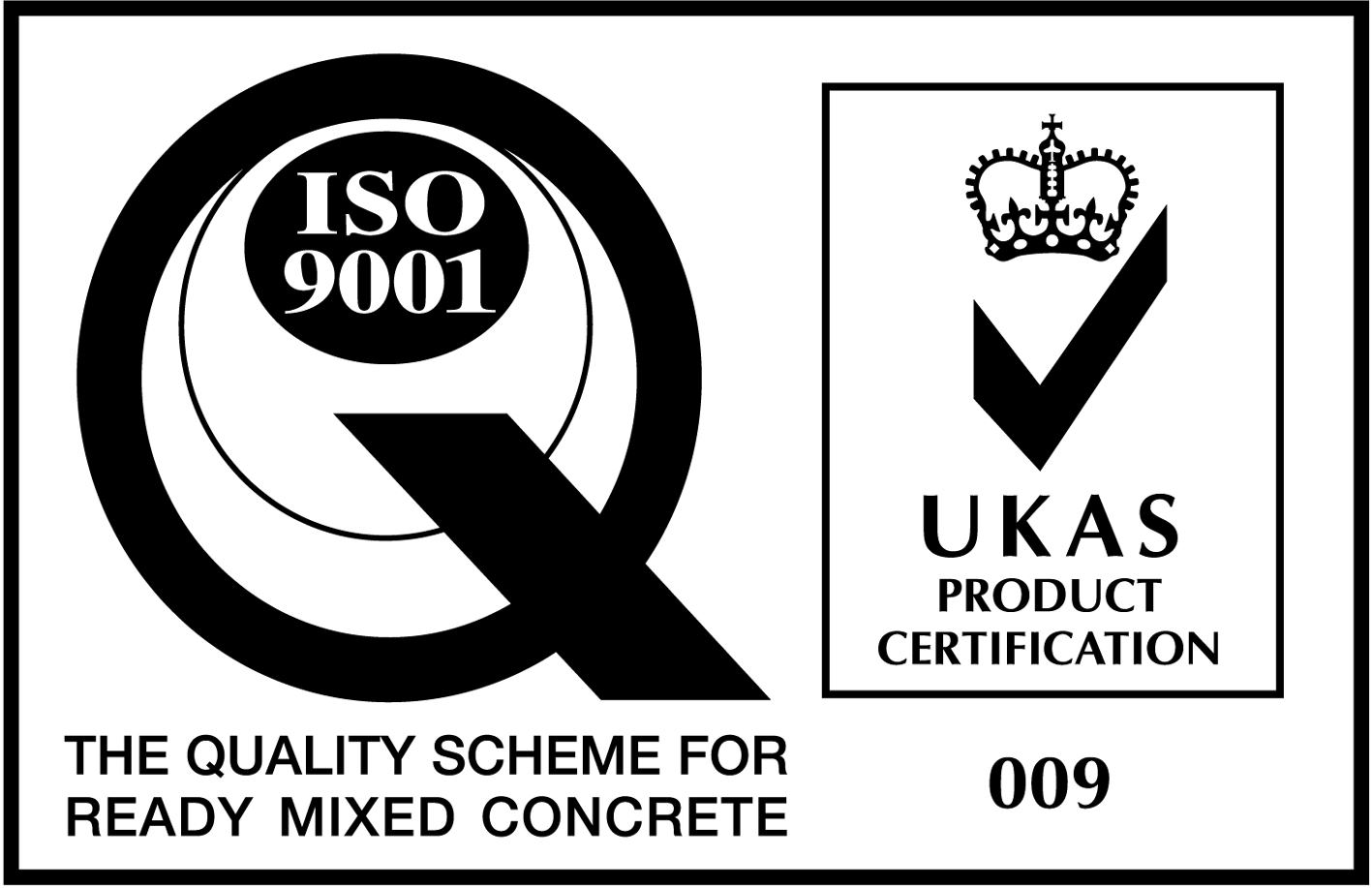How to Prevent Concrete Cancer in Buildings
Concrete cancer is a generally unknown term, but it can have serious consequences for the structural integrity of a building. If the signs of concrete cancer aren’t spotted and subsequently addressed, the walls of the building could quite literally crumble to the ground.
In this article, we explore everything you need to know about concrete cancer in buildings. We’ll touch on what concrete cancer is, what causes the issue and the best ways to resolve and prevent it.
Need concrete for your domestic or commercial project?
Give our team a call to place your order on 0800 859 5371 !
What is concrete cancer?
The concrete in buildings is strengthened with steel reinforcements, typically iron bars or mesh. When these reinforcements are exposed to air and water, they start to corrode. Over time, the corrosion causes the steel to expand, which in turn causes the surrounding concrete to crack. This issue is known as ‘spalling’.
Concrete cancer is a colloquial term given to the continued degradation of the concrete through repeat spalling. Spalling begins a vicious cycle where the cracks in the concrete further expose the steel to the elements, causing more corrosion and therefore more cracking. Left unaddressed, the concrete will continue to degrade until the structure collapses.

What causes concrete cancer?
Six common causes of concrete cancer include:
1. Insufficient waterproofing — moisture is more likely to find its way into the concrete if it hasn’t been sufficiently waterproofed.
2. Salt-water chlorides — buildings located near to the sea are prone to corrosion from salt-water chlorides.
3. Building defects — damage or cracks in the building exterior opens a vulnerability for air and moisture to enter into.
4. Weather — simply put, buildings are more likely to suffer from moisture-based issues if they are located in areas that regularly see heavy rainfall.
5. Poor-quality concrete — not all concrete is produced to the same quality. Concrete of a higher quality will be more resistant to moisture and air and won’t crack so easily.
6. Movement of the ground underneath the buildings — even small earthquakes can cause small cracks in the concrete of a building that will allow air and moisture to enter the structure.
How do I identify concrete cancer?
The following issues may be an indicator of concrete cancer:
- Cracking, crumbling or flaking concrete
- Rust stains emerging from the concrete render
- Bubbling concrete render
- Roof leaks
- Leaks in the internal walls
- Concrete expanding outwards
If you spot any of these problems, contact a structural engineer. They’ll be able to formally diagnose the problem and offer the solution.
How is concrete cancer treated?
A specialist will provide the best solution based on the cause of the concrete cancer. Possible solutions include:
- Polymer-modified repair system
- Electrochemical treatment
- Simple replacement
How do I prevent concrete cancer?
Fixing concrete cancer is only half the battle. You’ll then need to take preventative measures to ensure it doesn’t happen again.
One of the most important preventative steps is to waterproof the concrete. A waterproofing membrane will seal the concrete, preventing water from corroding the steel beams and harsh chemicals from contaminating the concrete.
Another preventative measure is to only use concrete of a high-grade. High-grade concrete is less prone to water damage and deterioration. Always use concrete from a reputable supplier who can mix the perfect type of concrete for your project.
Total Concrete is a leading provider of high-quality concrete across Guildford, Surrey, Berkshire, Hampshire, and the surrounding areas.
We offer a range of concrete services, including on-site mixed concrete and ready-mix concrete, where we’ll mix a batch of concrete to your exact specifications. Get the concrete you want, when you want. Contact our team today to place an order.
 Trade Zone
Trade Zone
